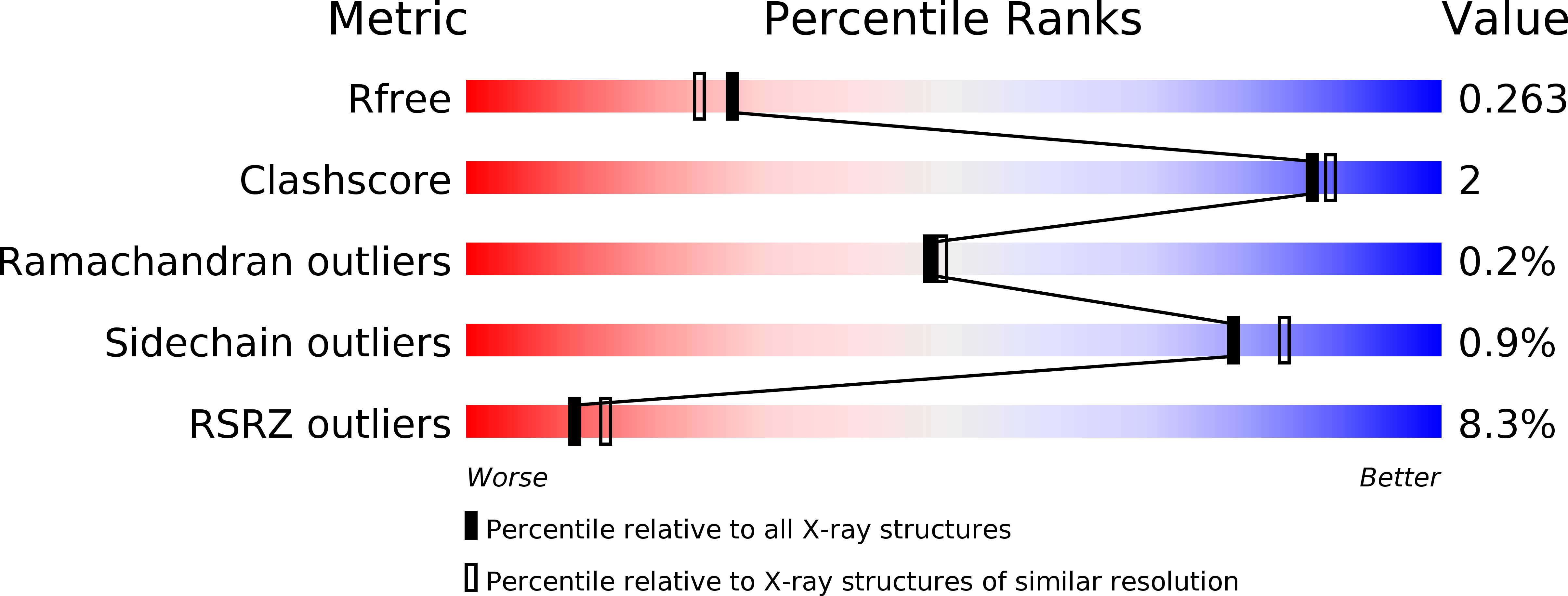
Deposition Date
2016-07-03
Release Date
2016-12-28
Last Version Date
2024-10-16
Method Details:
Experimental Method:
Resolution:
2.10 Å
R-Value Free:
0.26
R-Value Work:
0.24
R-Value Observed:
0.24
Space Group:
P 1 21 1


